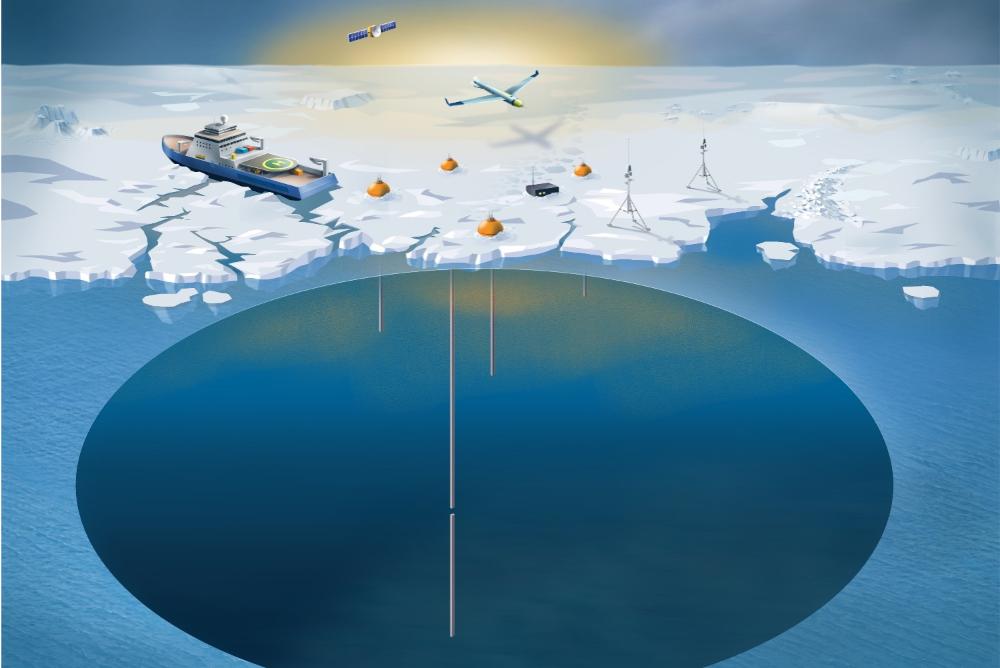DigitalSeaIce
DigitalSeaIce

Arctic ice forecast
The Arctic region plays a key role in regulating the world's climate and is the region most affected by the ongoing climate change.
A multiscale approach to modelling natural phenomena is a powerful technique to analyze, visualize, and forecast what is happening in the Arctic.
There is a potential of AI-infused multiscale modelling of Arctic sea ice to supplement traditional remote sensing and climate models in the polar regions.
Multiscale
The goal is to build a multiscale digital method and system that integrates regional sea ice forecasting models and local ice-ice/ice-structure numerical models with in-situ, shipboard, and regional Arctic sea ice and environmental observations.
The aim is to enable improved spatial and temporal resolution to achieve more precise forecasting of ice conditions in the Arctic – including better understanding of long-term variations in polar ice cover.
International collaboration
A common methodology to achieve this is the use of AI-based analytics of synthetic aperture radar (SAR) and optical imagery from satellites, marine radars, and visual and infrared cameras.
Norwegian University of Science and Technology (NTNU), the Department of Marine Technology and the Department of Civil and Environmental Engineering, is the project owner.
The project is in collaboration with Jiangsu University of Science and Technology (JUST), Dalian University of Technology (DLUT) and Norwegian Meteorological Institute (MET).
DigitalSeaIce is a project with funding from The Research Council of Norway.
Project Coordinator
Aim of the project
More precise forecasting of ice conditions in the Arctic – including better understanding of long-term variations.
Main objective
To build a multi-scale digital infrastructure with regional sea ice forecasting models, local ice-structure numerical models, in-situ shipboard and environmental observations from satellites.
Partners
- Jiangsu University of Science and Technology
- Dalian University of Technology
- Norwegian Meteorological Institute
Project period
Time frame: 01.01.2022 – 31.12.2025
Type: International Project
Public funding: 10 mill. kroner
News
What kind of sea ice is that? Ask Knut! (Norwegian SciTech News, July 7 2021)
Algoritmer i Arktis: Fjerner styggvær for å gjøre skipsfart sikrere (Gemini, 4 June 2024)
